Home>Articles>Why Do Smoke And Hot Air Go Up A Chimney Convection
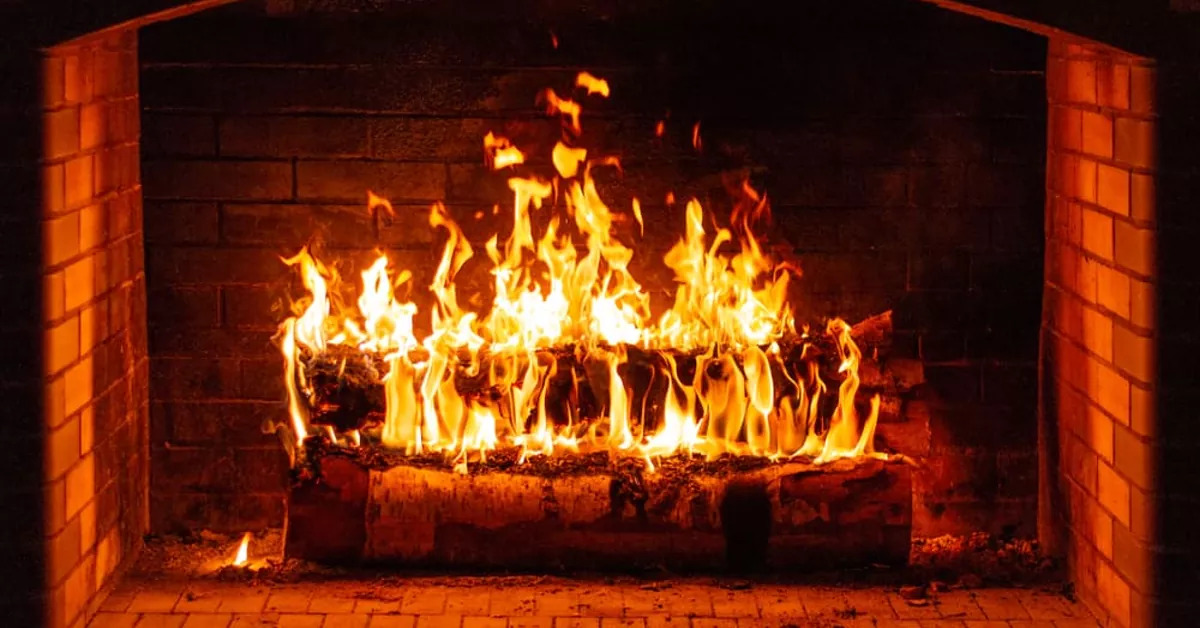

Articles
Why Do Smoke And Hot Air Go Up A Chimney Convection
Modified: October 23, 2024
Discover the science behind smoke and hot air rising up a chimney through convection in this informative article. Explore the factors that contribute to this natural phenomenon.
(Many of the links in this article redirect to a specific reviewed product. Your purchase of these products through affiliate links helps to generate commission for Storables.com, at no extra cost. Learn more)
Introduction
Chimneys have been an integral part of homes and buildings for centuries. They serve the essential function of allowing smoke and hot air to escape from fireplaces, stoves, and furnaces. But have you ever wondered why smoke and hot air effortlessly rise up a chimney while the surrounding air remains still? The answer lies in the principles of convection, which govern the movement of heat.
In this article, we will delve into the fascinating world of convection and examine how chimneys work to facilitate the upward flow of smoke and hot air. We will explore the role of heat, the behavior of smoke, and the factors that influence chimney efficiency. So, let’s ignite our curiosity and dive into the mechanics of chimney convection.
Key Takeaways:
- Chimneys rely on the natural process of convection to create an upward flow of air, efficiently removing smoke and hot air from buildings. Understanding the principles of convection is crucial for maintaining safe and comfortable indoor environments.
- Factors such as chimney design, cleanliness, insulation, temperature differential, and wind conditions can significantly impact chimney efficiency. Regular maintenance and addressing obstructions promptly are essential for optimal chimney performance.
Read more: Why Is My Smoke Not Going Up Chimney
Understanding Convection
Before we can fully grasp the concept of chimney convection, it’s important to have a basic understanding of what convection entails. Convection is a fundamental process of heat transfer that occurs in fluids, including air and gases. It involves the transfer of heat energy through the movement of particles or molecules in the fluid.
Convection can be divided into two main types: natural convection and forced convection. In natural convection, the movement of the fluid is driven purely by the difference in density caused by temperature variations. On the other hand, forced convection occurs when an external force, such as a fan or pump, is used to move the fluid. In the case of chimneys, we predominantly rely on natural convection.
When a substance is heated, its particles gain energy and move faster, causing the substance to expand and become less dense. This decrease in density makes the heated substance lighter than the surrounding cooler air. As a result, the lighter, hot air rises while the denser, cooler air sinks. This process creates a convection current, with the flow of air moving upwards and downwards.
Convection is prevalent in various natural phenomena, such as the movement of warm air masses in the atmosphere, the circulation of ocean currents, and even the boiling of water. In the context of chimneys, convection plays a crucial role in the efficient removal of smoke and hot air from a confined space.
Now that we have a better understanding of convection, let’s dive deeper into how chimneys harness this natural process to perform their indispensable function.
How Chimneys Work
Chimneys are ingeniously designed structures that utilize the principles of convection to remove smoke and hot air from a building. They consist of a vertical structure, typically made of bricks, concrete, or metal, with an opening at the bottom and a larger opening, called the chimney stack, at the top.
When a fire is lit in a fireplace, stove, or furnace, it produces a large amount of smoke and hot air. These byproducts of combustion need to be expelled from the building to maintain a safe and comfortable environment. Here’s how chimneys facilitate this process:
- Inlet for Smoke and Hot Air: The opening at the bottom of the chimney allows the smoke and hot air to enter the structure, providing a channel for their escape.
- Vertical Structure: The tall and vertical design of the chimney creates an upward path for the smoke and hot air to follow. Additionally, the height of the chimney determines the strength of the convection current and the efficiency of the chimney.
- Chimney Stack: The larger opening at the top of the chimney, known as the chimney stack, serves as the exit point for the smoke and hot air. It allows them to dissipate into the atmosphere, away from the building’s interior.
As the fire burns, the heat it generates warms the surrounding air and produces smoke. The heated air becomes less dense and rises up the chimney due to the principle of convection. Simultaneously, the denser, cooler air from the room flows towards the fire, creating a continuous cycle of air movement.
This upward flow of air through the chimney creates a low-pressure zone at the base of the chimney. This pressure difference between the inside and outside of the chimney further helps in drawing the smoke and hot air upwards, enhancing the efficiency of the chimney.
It’s important to note that the design and construction of the chimney play a significant role in its effectiveness. Factors such as the cross-sectional area, insulation, and obstruction-free flue contribute to the chimney’s ability to harness convection and facilitate the proper flow of smoke and hot air.
Now that we understand the basic mechanics of how chimneys work, let’s explore the specific roles heat and smoke play in this process.
The Role of Heat
Heat plays a pivotal role in the functioning of a chimney. When a fire is ignited in a fireplace, stove, or furnace, it releases a significant amount of heat energy. This heat energy causes the surrounding air to warm up and, subsequently, expand.
As the air molecules gain thermal energy and move faster, they become less dense. This decrease in density makes the hot air lighter than the cooler air in the room. According to the principle of convection, the lighter hot air rises while the denser cool air sinks.
Inside the chimney, the rising heated air creates an upward draft. This draft facilitates the movement of smoke and hot air from the fire towards the chimney stack and eventually out of the building. The strength and efficiency of the draft depend on various factors, including the temperature differential, chimney height, and construction.
It’s important to note that the temperature of the fire directly affects the intensity of the heat and, consequently, the strength of the convection current. A hotter fire produces more heat energy, resulting in a stronger upward draft and more efficient venting of smoke and hot air.
In situations where the fire fails to generate sufficient heat, the convection current may be weakened or even reversed. This can lead to issues such as poor smoke extraction, backdraft, and the accumulation of smoke inside the room. It is therefore crucial to maintain a properly fueled and adequately heated fire to ensure the optimal functioning of the chimney.
Now that we have explored the role of heat, let’s turn our attention to the behavior of smoke and its contribution to chimney convection.
The Role of Smoke
Smoke is an inevitable byproduct of combustion, whether it’s from burning wood in a fireplace or fuel in a stove or furnace. While smoke may be seen as a nuisance or a potential health hazard, it actually plays a crucial role in the operation of a chimney.
When a fire is lit, the smoke generated contains gases, solids, and other fine particles. As the smoke rises through the chimney, it interacts with the surrounding air and contributes to the convection current.
Firstly, the hot gases present in the smoke are less dense than the cooler air in the room. This disparity in density causes the gases to rise, driving the upward flow of air inside the chimney.
Secondly, the motion of the smoke particles themselves can aid in the movement of air. As the smoke rises, it creates turbulence and carries a small fraction of the cooler room air with it. This entrainment of room air further enhances the upward flow of air and promotes the efficient expulsion of smoke and hot air from the building.
However, it’s important to note that excessive smoke can hinder the convection process, causing poor chimney performance. Factors such as improper fuel combustion, inadequate draft, or insufficient chimney height can contribute to the accumulation of smoke inside the room or the leakage of smoke into undesirable areas.
To mitigate these issues, it is crucial to ensure proper ventilation and chimney maintenance. Regular chimney cleaning and inspection can help prevent the buildup of soot, creosote, and debris, which can obstruct the flow of smoke and hinder the efficiency of the chimney.
In modern chimney systems, additional mechanisms such as chimney liners and smoke chambers play a role in improving the flow of smoke. Chimney liners help to reduce friction and improve drafting, while smoke chambers are designed to control the turbulence of the rising smoke, aiding in smoother airflow.
Understanding the behavior of smoke and its interaction with air is essential for optimizing chimney performance and minimizing the impact of smoke on indoor air quality. Now that we have explored the role of smoke, let’s delve into the specific dynamics of the upward flow of air inside a chimney.
The hot air and smoke rise up a chimney due to convection, which is the natural movement of warmer, lighter air upward and cooler, denser air downward. This creates a continuous flow that helps to draw smoke and gases out of the fireplace or stove.
Read more: Why Do Calipers Lock Up
The Upward Flow of Air
The upward flow of air is the driving force behind the efficient operation of a chimney. As we have discussed earlier, the heat generated by a fire causes the surrounding air to warm up and expand. This expansion results in a decrease in air density, making the heated air lighter than the cooler air in the room.
The principle of convection dictates that the lighter hot air will rise while the denser cool air will sink. Inside a chimney, this natural convection process is harnessed to create an upward draft, pulling the smoke and hot air towards the chimney stack and out of the building.
As the hot air rises, it creates a low-pressure zone at the base of the chimney. This low-pressure area creates a pressure gradient, causing the room air to flow towards the fire, replenishing the oxygen needed for combustion.
The upward draft inside the chimney is influenced by various factors, including the temperature differential, the height and diameter of the chimney, and any obstructions or bends within the chimney structure.
The temperature differential between the hot air and the cooler room air is a crucial factor in determining the strength of the upward flow. The greater the temperature difference, the stronger the convection current and the more efficient the chimney will be in removing smoke and hot air.
The height and diameter of the chimney also play a critical role. A taller chimney creates a longer vertical path for the hot air to travel, allowing for a more pronounced convection current. Additionally, a wider chimney diameter can reduce friction and resistance to airflow, further enhancing the upward flow.
Obstructions or bends within the chimney can impede the smooth movement of air, reducing the efficiency of the chimney. Soot, debris, or damaged chimney liners can obstruct airflow and result in poor draft, causing issues such as backdraft or smoke leakage.
It is important to ensure regular maintenance and inspection of the chimney to prevent obstructions and maintain optimal airflow. Cleaning the chimney, inspecting for damage, and addressing any issues promptly will ensure the smooth upward flow of air and the effective removal of smoke and hot air from the building.
In the next section, we will discuss the difference between natural draft and forced draft chimneys and explore how they impact chimney efficiency.
Natural Draft vs. Forced Draft Chimneys
When it comes to chimney systems, there are two main types: natural draft chimneys and forced draft chimneys. While both types serve the purpose of expelling smoke and hot air, they differ in terms of their operation and efficiency.
Natural Draft Chimneys:
Natural draft chimneys rely solely on the principle of convection to create an upward flow of air and facilitate the removal of smoke. The natural buoyancy of the hot air, as it becomes lighter and rises, creates a pressure differential that draws air from the surrounding space towards the fire, aiding in combustion.
These chimneys do not require any mechanical assistance, such as fans or blowers, to function. They utilize the temperature differential between the fire and the room air, along with the height and design of the chimney, to create a natural draft.
Natural draft chimneys are commonly found in traditional fireplaces and older heating systems. While they can be effective, their efficiency is highly dependent on external factors, such as outdoor temperature, wind conditions, and the characteristics of the building.
Forced Draft Chimneys:
Forced draft chimneys, also known as power chimneys, employ mechanical means to enhance the upward flow of air and improve chimney performance. These chimneys incorporate fans or blowers that forcefully expel smoke and hot air from the building.
By introducing a forced draft, these chimneys ensure a consistent and reliable airflow, regardless of external conditions. This makes them suitable for modern heating systems, such as gas or oil furnaces, where precise control over combustion and ventilation is necessary.
Forced draft chimneys are designed with specific calculations and engineering to optimize airflow and eliminate the reliance on natural convection alone. They utilize fans or blowers to create positive pressure inside the chimney, effectively pushing the smoke and hot air out.
While forced draft chimneys offer more control and reliability, they do come with higher installation and maintenance costs. They require electrical power to operate the fans or blowers, and regular maintenance is necessary to ensure their proper functioning.
When considering the type of chimney to install, it is important to assess your specific heating system, the building’s design, and your preferences regarding control and efficiency. Consulting with a professional chimney technician can help determine the most suitable option for your needs.
In the next section, we will explore some of the factors that can affect the efficiency of a chimney.
Factors Affecting Chimney Efficiency
The efficiency of a chimney is influenced by several factors that can impact its ability to effectively remove smoke and hot air from a building. Understanding these factors can help ensure optimal performance and minimize any potential issues. Here are some key factors that affect chimney efficiency:
Chimney Design: The design and construction of the chimney itself play a significant role in its efficiency. Factors such as the height, diameter, and cross-sectional area of the chimney can greatly impact the flow of air and the strength of the draft. A taller chimney allows for a longer vertical path, promoting stronger convection currents. A wider diameter can reduce friction and resistance to airflow, improving efficiency.
Cleanliness and Obstructions: The presence of soot, creosote, debris, or obstructions within the chimney can impede the flow of air and hinder the chimney’s efficiency. Regular maintenance, including chimney cleaning, will help prevent buildup and ensure unobstructed airflow. It is especially important to address any blockages promptly to prevent issues such as backdraft or smoke leakage.
Chimney Insulation: Proper insulation can enhance the performance of a chimney by preventing excessive heat loss. Insulating materials, such as refractory cement or ceramic liners, can help maintain high temperatures within the chimney, promoting a stronger draft and more efficient venting of smoke and hot air.
Temperature Differential: The temperature difference between the fire and the room air directly affects the strength of the convection current and the performance of the chimney. A hotter fire produces more heat energy, resulting in a greater temperature differential and a stronger upward draft. Properly fueling and maintaining the fire is essential for maximizing chimney efficiency.
Wind and Weather Conditions: External factors, such as wind and weather conditions, can impact chimney performance. A strong wind blowing against the chimney can disrupt the airflow and weaken the draft. In some cases, wind-induced pressure differences can even cause reverse drafting. Proper positioning of the chimney, the use of wind deflectors, or the installation of chimney caps can help mitigate these effects and maintain efficiency.
Size and Placement of Inlet Openings: The size and placement of the openings that allow smoke and hot air to enter the chimney also affect efficiency. Properly sized and positioned inlet openings ensure a smooth and unobstructed flow of smoke, minimizing turbulence and maximizing the effectiveness of the chimney.
Heating System Efficiency: The efficiency of the heating system connected to the chimney can indirectly affect chimney performance. A well-maintained and properly functioning heating system will produce less smoke, resulting in cleaner and more efficient chimney operation.
By considering and addressing these factors, homeowners and building owners can ensure that their chimneys operate at their highest efficiency, providing a safe and effective means of venting smoke and hot air.
Now, let’s conclude our exploration of chimney efficiency in the next section.
Conclusion
Chimneys are remarkable structures that harness the power of convection to efficiently remove smoke and hot air from buildings. By understanding the principles of convection and the mechanics of chimney operation, we can appreciate the vital role that chimneys play in maintaining a safe and comfortable indoor environment.
Through the upward flow of air driven by the principle of convection, chimneys create an efficient pathway for smoke and hot air to escape. The heat generated by the fire warms the surrounding air, causing it to expand and become less dense. This lighter, hot air rises, creating a low-pressure zone that draws in cooler air from the room, fueling the combustion process.
Natural draft chimneys rely on the natural buoyancy of hot air to create this upward flow, while forced draft chimneys incorporate mechanical means, such as fans or blowers, to enhance the performance and reliability of the chimney system.
Various factors, including chimney design, cleanliness, insulation, temperature differential, wind conditions, and the size and placement of inlet openings, can impact chimney efficiency. Regular maintenance, proper fueling of the fire, and addressing any obstructions or issues promptly are important for ensuring optimal chimney performance.
Ultimately, understanding how chimneys work and the factors that affect their efficiency allows us to make informed decisions and take the necessary steps to maintain safe and efficient chimney operation.
So, the next time you cozy up in front of a fireplace or enjoy the warmth from a stove, take a moment to appreciate the wonders of chimney convection, effortlessly guiding smoke and hot air up and away, leaving you with a comfortable and inviting space.
Frequently Asked Questions about Why Do Smoke And Hot Air Go Up A Chimney Convection
Was this page helpful?
At Storables.com, we guarantee accurate and reliable information. Our content, validated by Expert Board Contributors, is crafted following stringent Editorial Policies. We're committed to providing you with well-researched, expert-backed insights for all your informational needs.
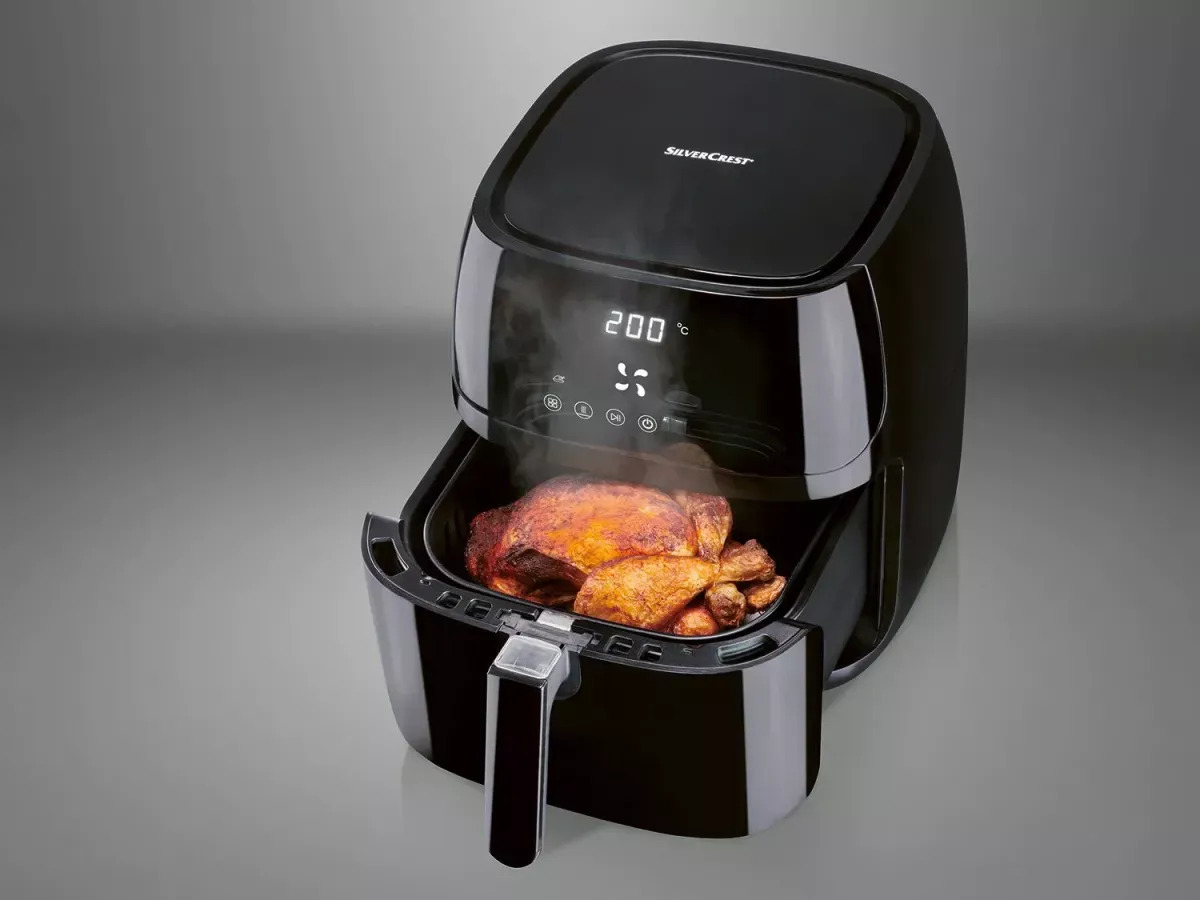
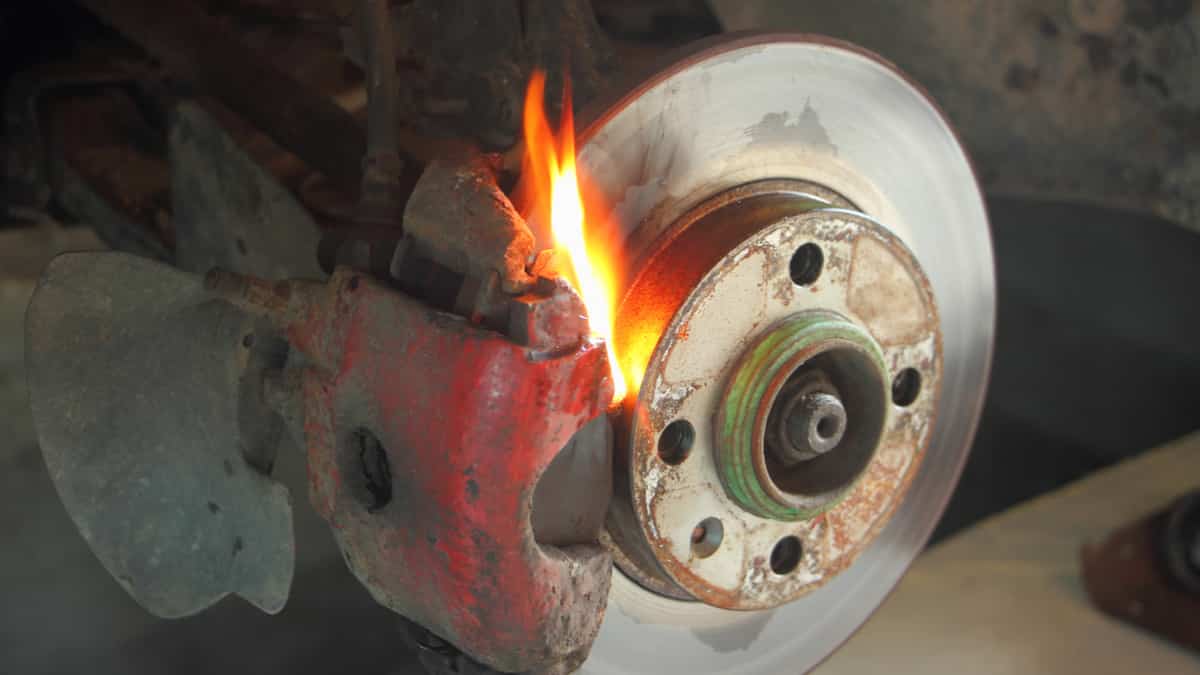


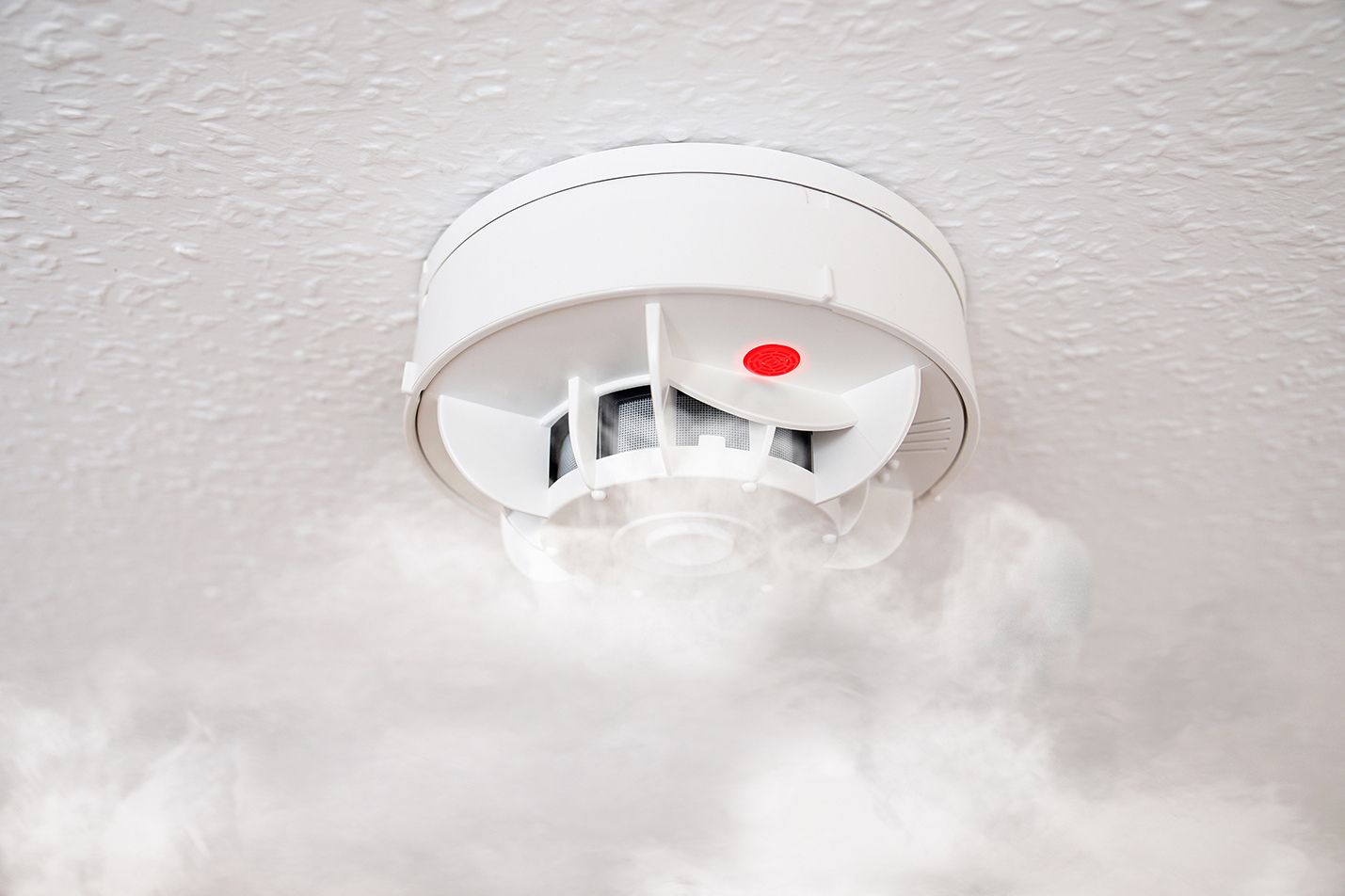
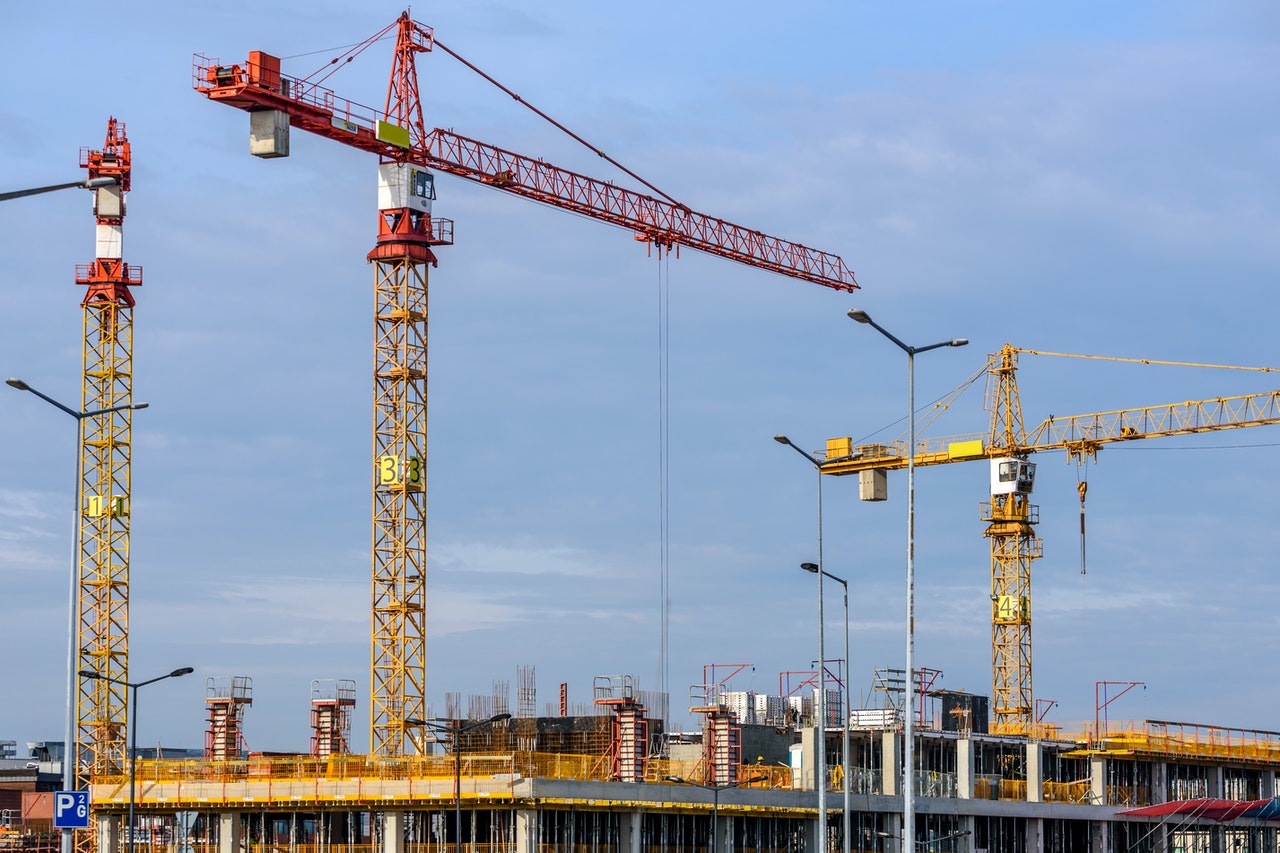
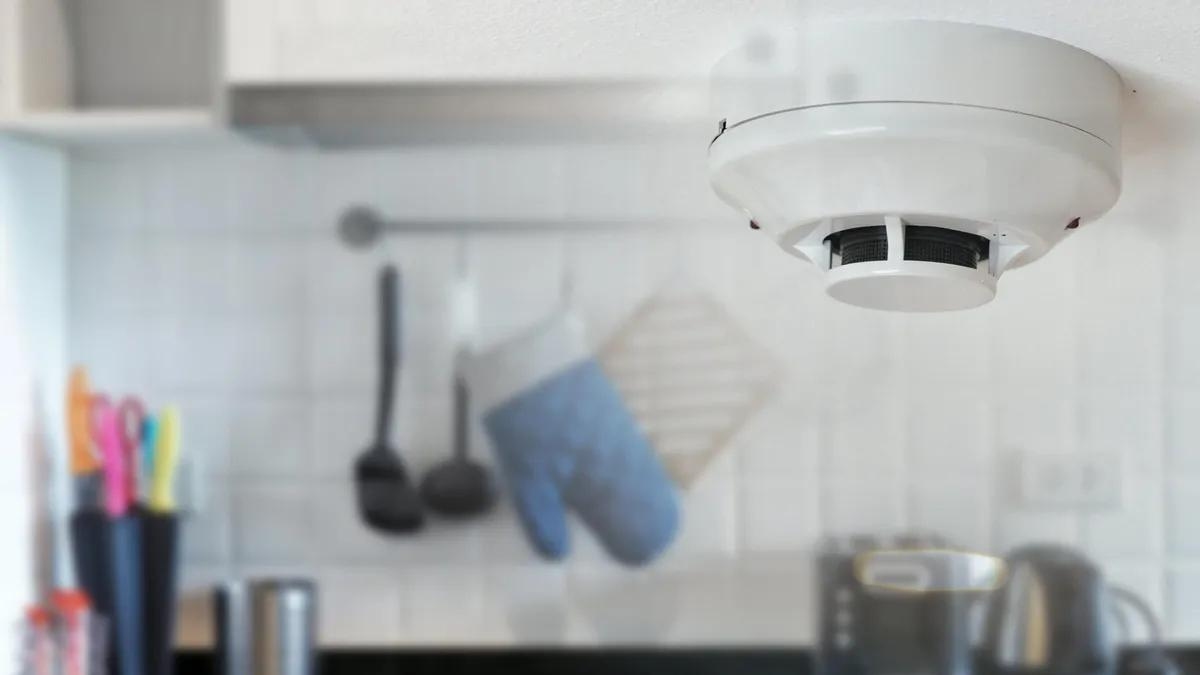
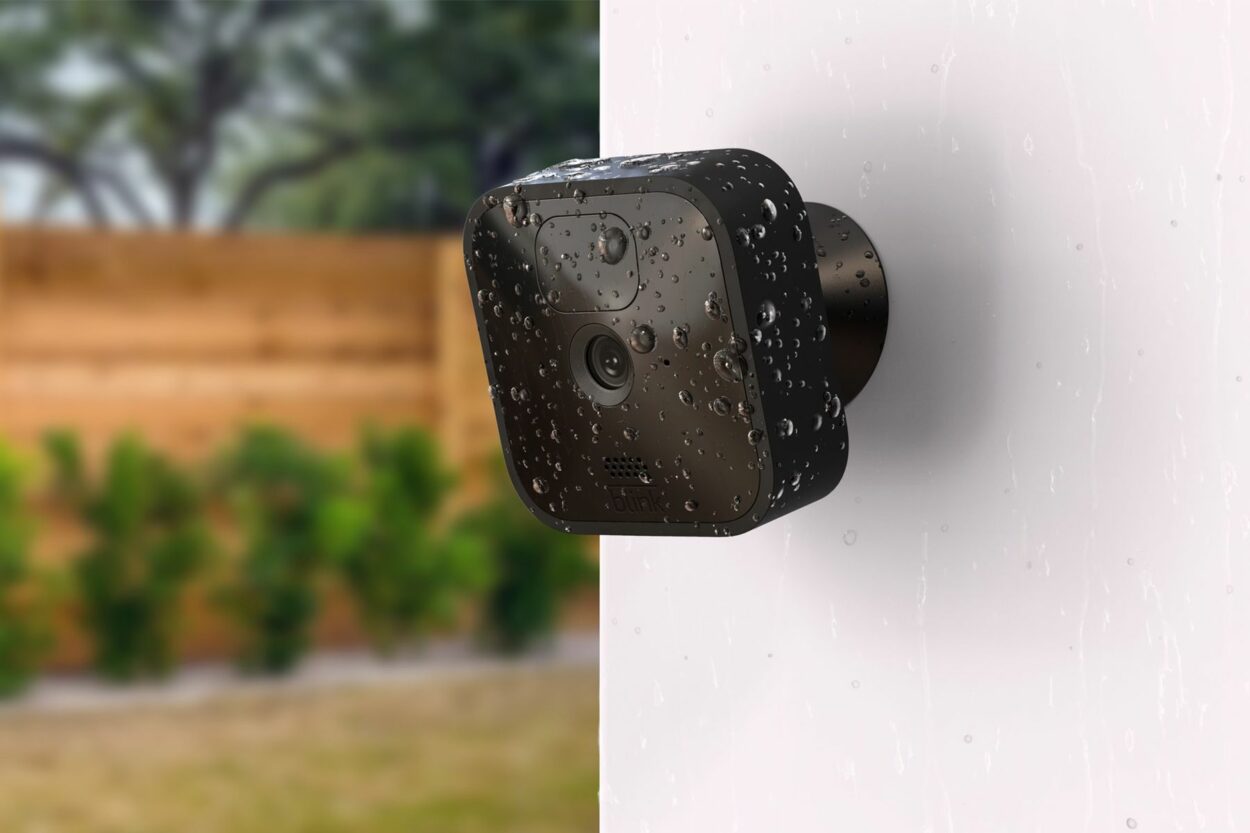
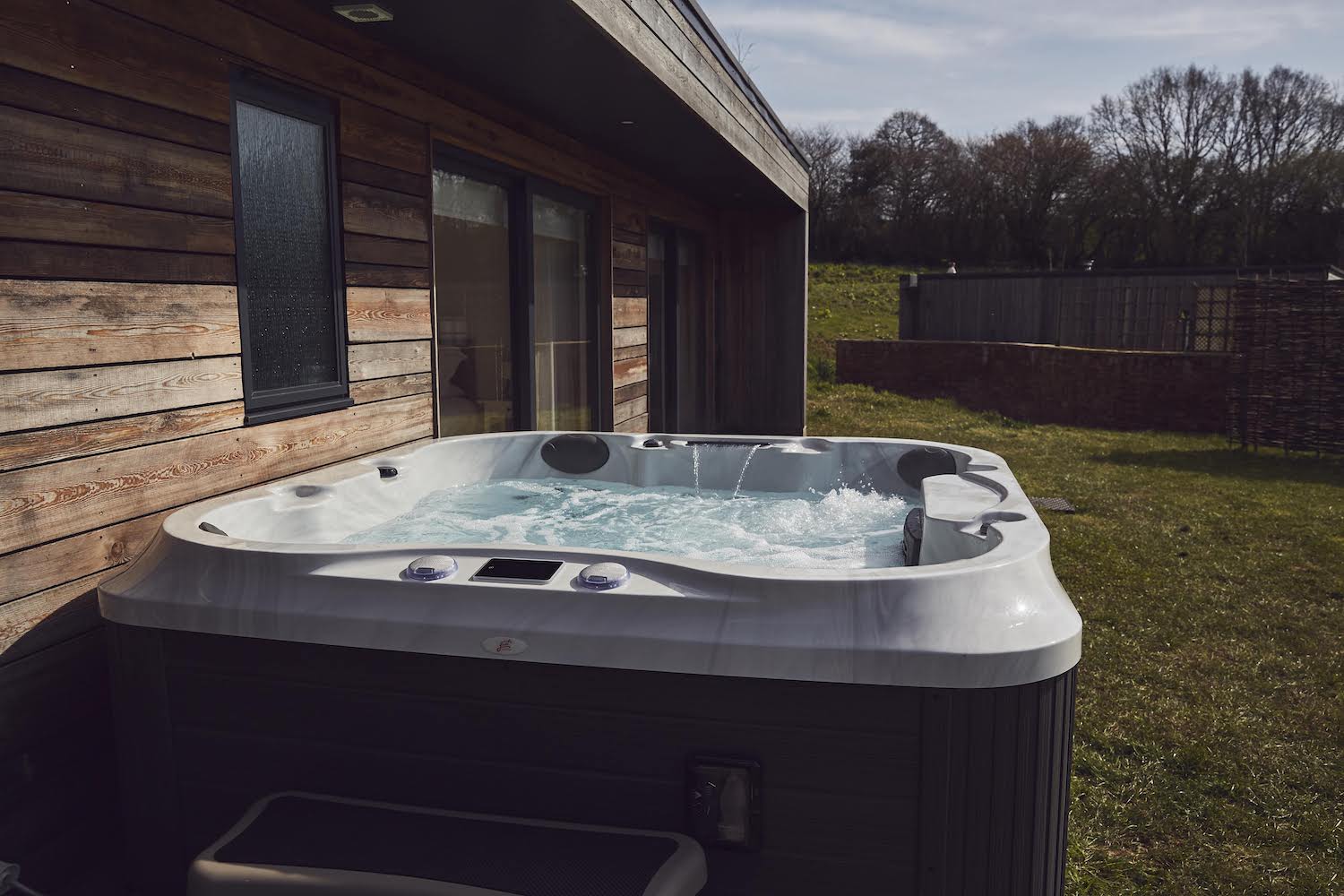

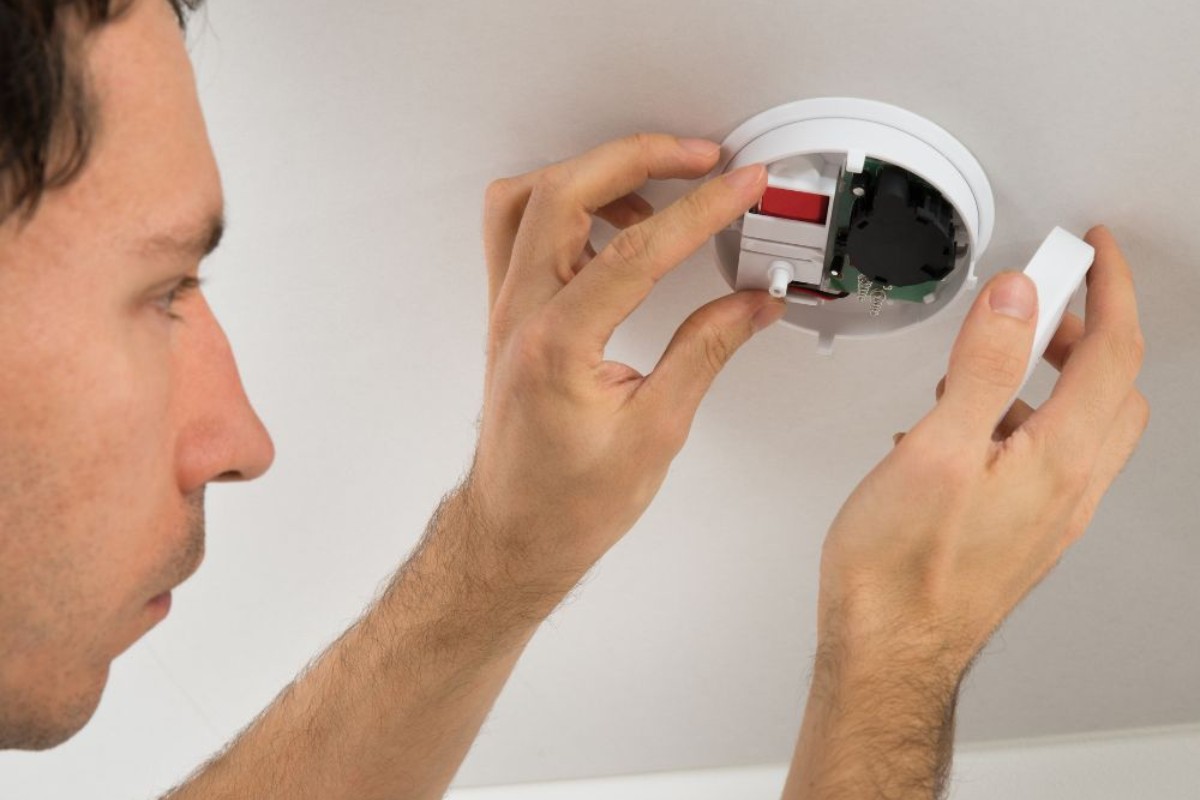

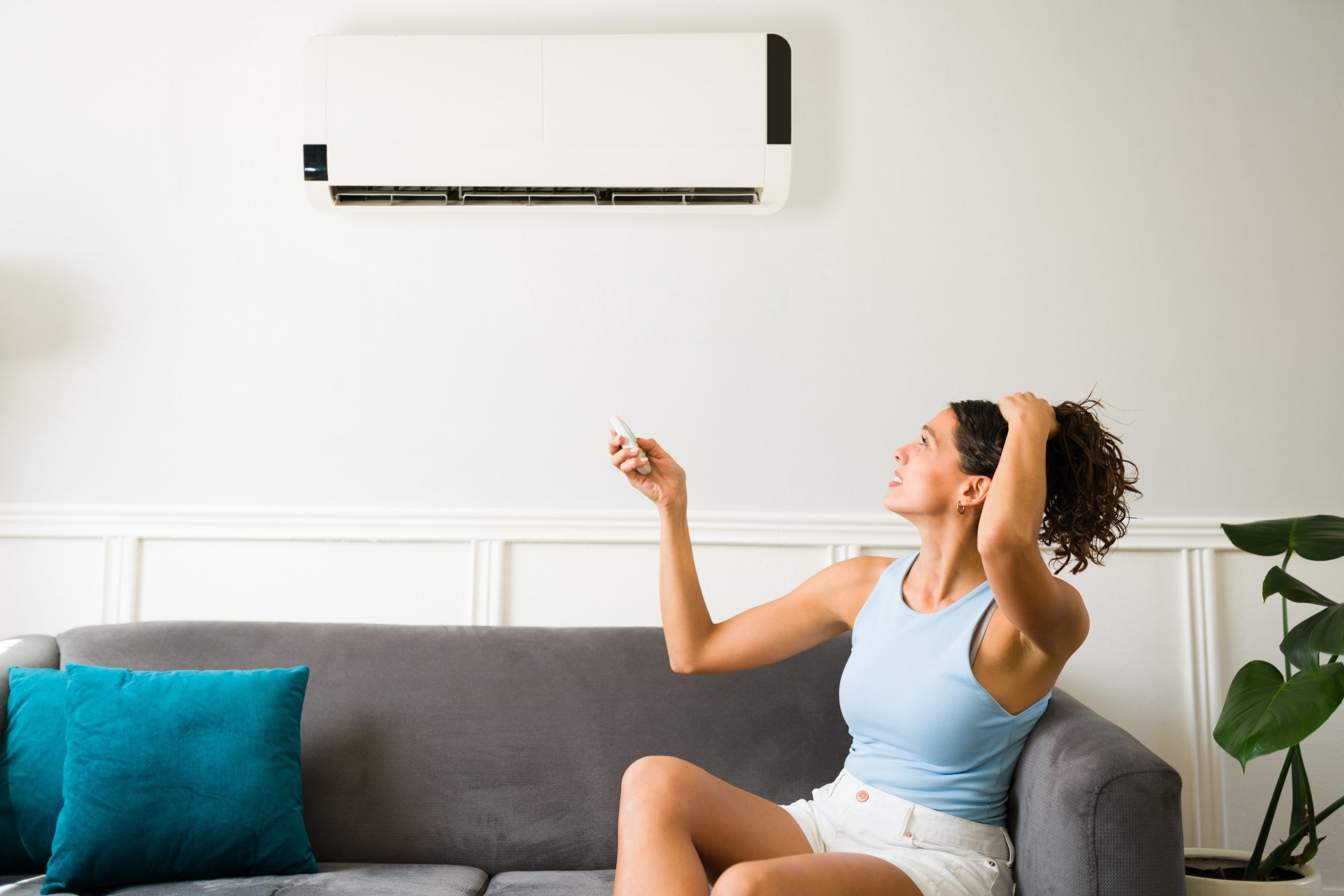
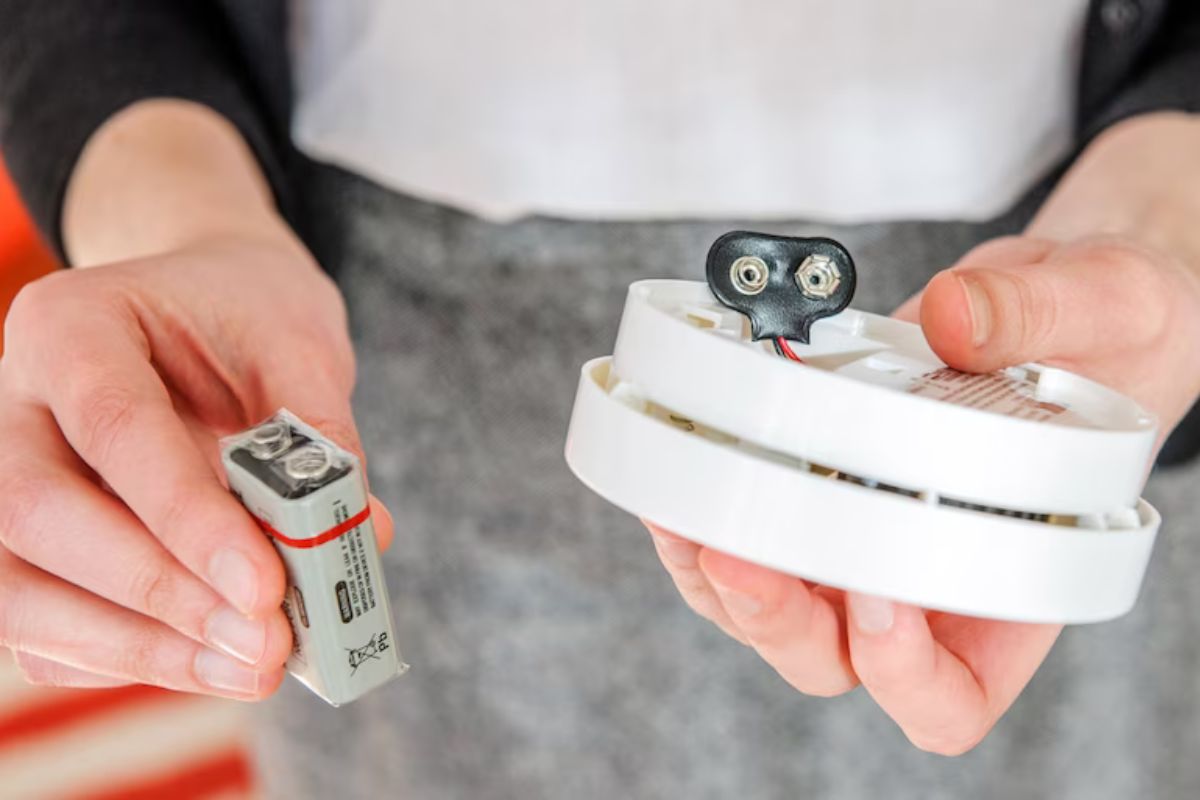

0 thoughts on “Why Do Smoke And Hot Air Go Up A Chimney Convection”